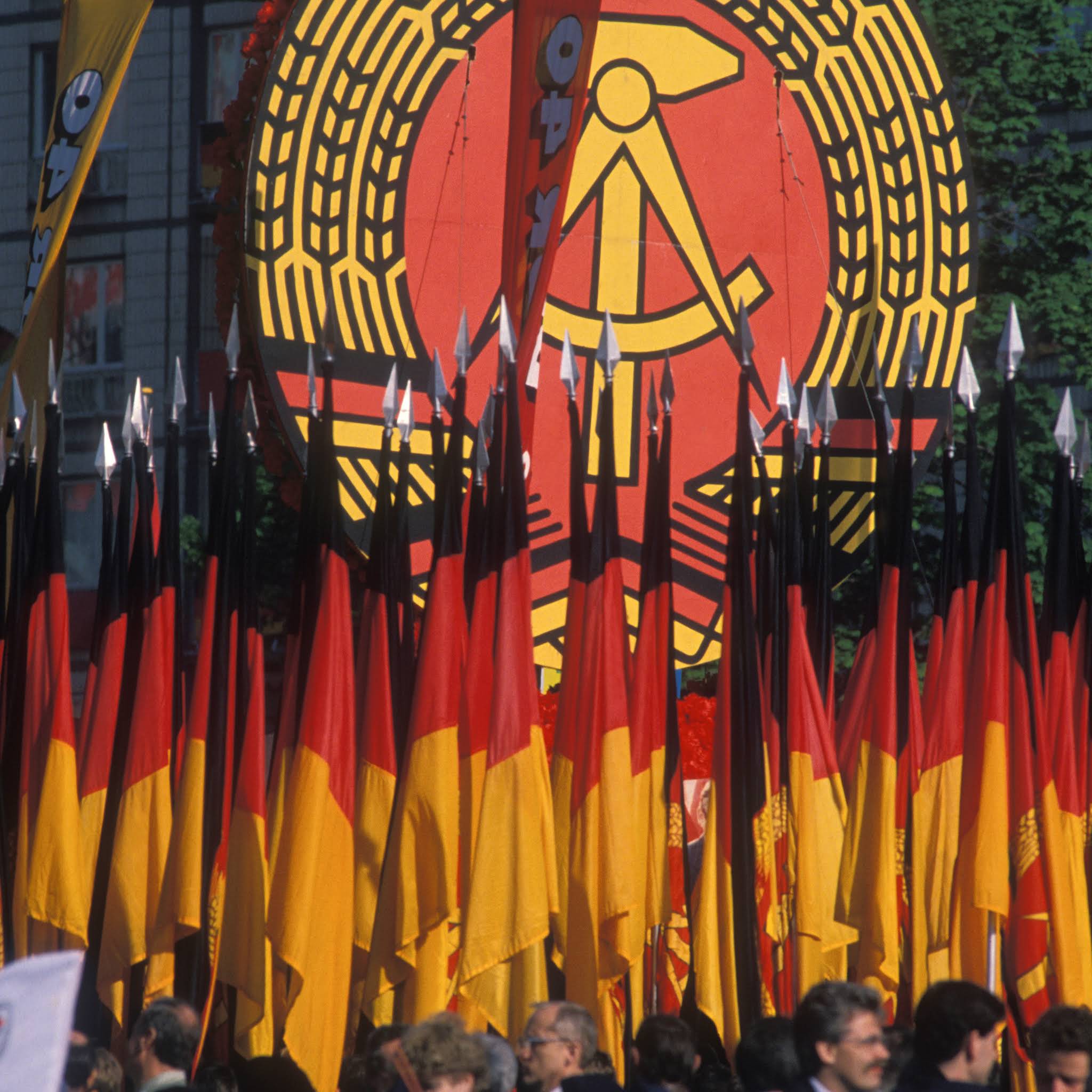Today in 1990, the German Democratic Republic was annexed by the Federal Republic of Germany. The reunification marked the beginning of a neoliberal disaster for East German workers as the West German elite began plundering the East.
The GDR, located in the eastern part of the country, identified itself as a “workers and peasants state” until 1990, when it was dismantled and transformed into a neoliberal experiment, primarily influenced by economist Hans Willgerodt.
Willgerodt advocated for deregulation and favored letting the integration of the GDR into the capitalist West German state unfold through “the market.” The GDR constitution and currency were abolished, while the Treuhand law of June 1990 contained a directive in its first paragraph: “Privatize the people’s owned property.”
In 1989, state-owned companies employed nearly 80% of all GDR citizens, and the unemployment rate was 0%. By 1994, approximately three-quarters of those jobs had been lost as the “free” market took over these state-owned companies.
Widespread unemployment ensued, and the authorities purged the GDR’s academic, research, and scientific institutions. About 50% of professionals with ties to the workers’ state lost their jobs, as Eastern Germany suffered from the highest professional unemployment globally.
The capitalist takeover of the former state-owned companies and the looming threat of unemployment triggered significant protests. Four years after the GDR’s demise, Eastern Germany’s industrial production had plummeted by 52% compared to 1989, and unemployment was twice as high as in the former West Germany.
More than three decades after reunification, an inquiry by the German “Left party” reveals that the average household in Western Germany is over twice as wealthy compared to the average household in Eastern Germany. Additionally, individuals in Western Germany earn approximately €997 more per month than their counterparts in the East.
Source: @redstreamnet YouTube channel

57% of eastern Germans say life was better then.